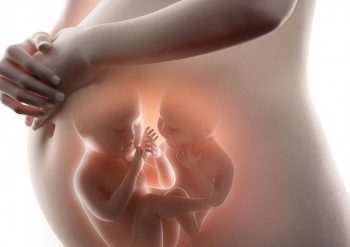Twins are fascinating to many of us because they seem so similar in looks, behavior, and personality. It begs the question – do twins have the same DNA?
While it’s true that identical twins have nearly identical genes, their genetic makeup is not exactly the same. Let’s dive into why this is.
What Makes Identical Twins Identical?
Identical twins form from one fertilized egg (zygote) that splits into two embryos during early development. This means that both twins share 100% of their genes and therefore look very similar.

It also means that identical twins are always the same sex since they come from a single zygote with either XX chromosomes for a female or XY chromosomes for a male.
However, just because an embryo splits in two doesn’t necessarily mean its features will be completely duplicated; there are various ways in which identical twins can differ from each other as they grow up.
What Causes Variations between Identical Twins?
Even though identical twins have nearly identical genes, there are some slight variations that occur due to environmental influences and random chance during fetal development. These small differences can result in minor physical differences such as fingerprints or even larger ones such as height or weight.
There may also be differences in behavior, intelligence levels, disease susceptibility, and more.
Some research has found epigenetic variations between siblings due to environmental influences like diet and stress levels while others suggest that epigenetic changes don’t exist at all between siblings or between different people.
In any case, these epigenetic changes may cause some gene expression differences between identical twins regardless of shared genetics.
Do twins have the same DNA – Conclusion:
In conclusion, it is true that identical twins have nearly identical genes but some minor variations do occur due to random chance and environmental influences over time.
This can lead to subtle physical differences as well as more obvious ones such as behavior or intelligence level difference between siblings despite them having nearly 100% of the same DNA sequence at birth!
Understanding the subtle nuances of twin development can help us better understand our own genetic makeup and how we can influence those genetics for better health outcomes over our lifetime!


